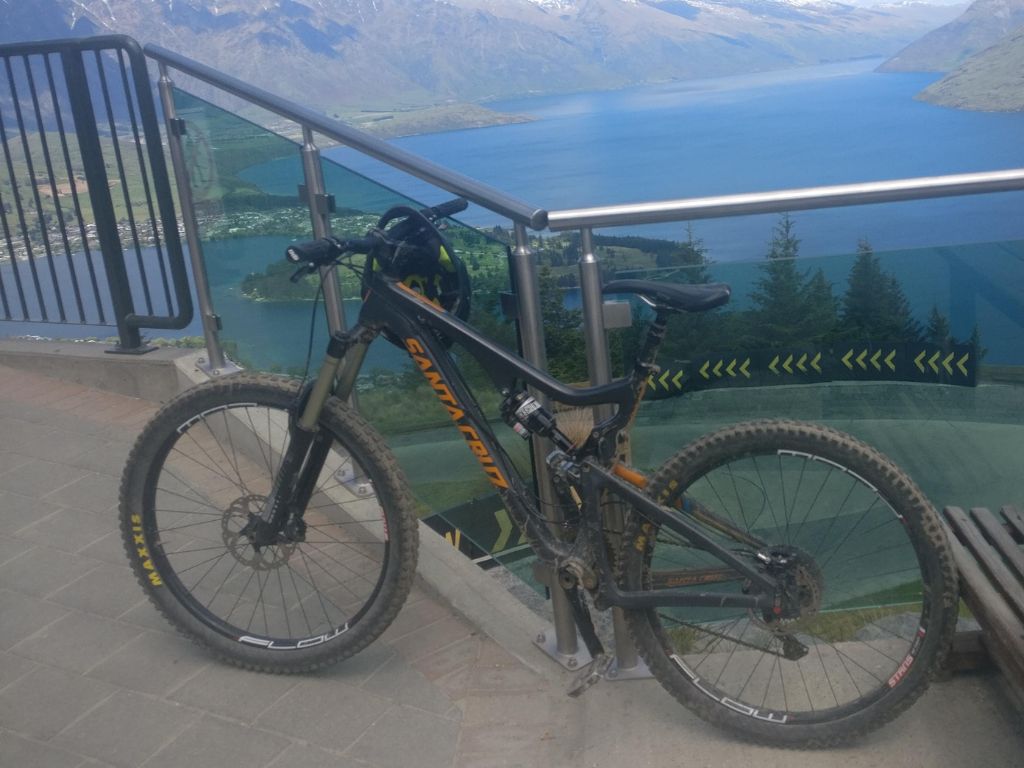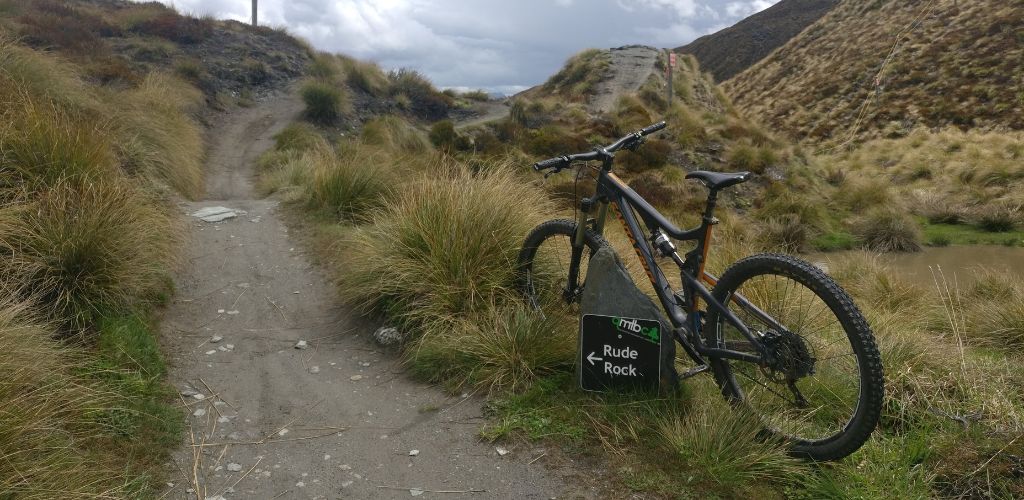One aspect of mountain biking that often intrigues enthusiasts and beginners alike is the distinctive clicking sound from the bike’s hubs. This sound, often heard when coasting, is not just a random occurrence but has a technical background and purpose. In this article, we’ll dive into the nitty-gritty of why mountain bike hubs click, unraveling the mystery behind this common phenomenon.
Understanding the Hub Mechanics
The Role of the Hub in Mountain Biking
The hub is the central part of a bike’s wheel, connecting to the rim via spokes and sitting snugly at the axle. In mountain biking, the hub plays a crucial role in transferring the rider’s pedaling power to the wheel. When you pedal, the hub’s mechanism engages, driving the bike forward. However, when you stop pedaling, the hub disengages, allowing the wheel to spin freely. This is where the clicking sound comes into play.
Inside the Hub: Ratchets and Pawls
The clicking sound is produced by the mechanical action inside the hub known as the ratchet-and-pawl system. This system is essential for the freehub body, a component that allows your bike to coast without the pedals turning. Inside the hub, there are spring-loaded components called pawls. These pawls engage with a ratcheting ring having teeth when you pedal, locking in place to turn the wheel.
When you stop pedaling, the pawls disengage from the ratchet ring. This disengagement is what produces the clicking sound. The sound is a result of the pawls falling into the gaps between the teeth of the ratchet ring and lightly bouncing against them as the wheel continues to spin.
The number of pawls and the number of teeth in the ratchet ring can vary between different hub designs, which can alter the frequency and loudness of the clicking sound.

The Significance of the Clicking Sound
Indicating Proper Functioning
The clicking sound serves as a simple, yet effective, indicator of your hub’s health. A consistent and clear clicking sound typically means that the pawls and ratchets are engaging and disengaging properly.
If the sound changes, becomes irregular, or disappears, it could be a sign of wear or damage within the hub. For a mountain biker, this can be an early warning to check and possibly service the hub.
Variations Among Hubs
Different mountain bike hubs have different sounds. High-end hubs tend to have more pawls and teeth, resulting in a faster, more frequent clicking sound.
This is often perceived as a sign of quality and efficiency in the biking community. On the other hand, hubs with fewer pawls and teeth will have a slower, less frequent click.
The material of the hub can also affect the sound; for example, aluminum hubs might produce a higher-pitched click compared to steel hubs. Side note, check this out if you want to make your hub louder.
Maintaining Your Mountain Bike Hubs
Regular Cleaning and Lubrication
To ensure your mountain bike hubs stay in good condition and keep clicking reliably, regular maintenance is key. Dirt, mud, and water can enter the hub, especially in the challenging environments mountain bikes are often exposed to. Regular cleaning and proper lubrication of the hub can prevent wear and tear. It’s important to use the right type of lubricant as some might attract more dirt or gum up the mechanism, leading to a change in the clicking sound or even hub malfunction.
Professional Servicing
While regular cleaning can be done at home, deeper servicing should be left to professionals. They can disassemble the hub, clean all parts, and check for any wear or damage. Replacing worn-out pawls or a damaged ratchet ring in time can save you from more expensive repairs down the line and ensure your mountain biking adventures continue uninterrupted.
In conclusion, the clicking sound of mountain bike hubs is not just a quirky characteristic but a vital part of the bike’s mechanics. It indicates the proper functioning of the hub and varies across different designs and materials. Regular maintenance and occasional professional servicing are essential to keep your mountain bike in top condition. Understanding this aspect of your bike not only helps in its upkeep but also enhances your overall mountain biking experience.

